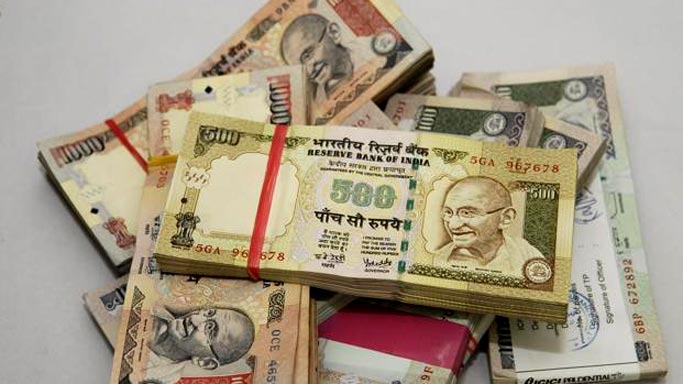New Delhi: Five years after the demonetisation, currency notes in circulation continue to rise albeit at a slower pace even as digital payments surge with more and more people embracing cashless payment modes. Primarily, banknotes in circulation went up in the last financial year as many people opted for the precautionary holding of cash amid the COVID-19 pandemic disrupting normal lives and economic activities in varying degrees.
Official data points out a jump in digital payments through different modes, including plastic cards, net banking and Unified Payments Interface. UPI of the National Payments Corporation of India (NPCI) is fast emerging as a major medium of payment in the country. All said, currency notes in circulation are still in the upward curve.
On November 8, five years ago, Prime Minister Narendra Modi had announced the demonetisation of old Rs 1,000 and Rs 500 banknotes and one of the key objectives of the unprecedented decision was to promote digital payments and curb black money flows.
Thanks to the increasing popularity of digital payment ways, cash usage is not growing at a fast clip but still is on the rise.
Post Note Ban, Cash Usage has Declined, its use is still prevalent in property transactions:
- 70% of those who bought a property in the last 7 years had to pay a component of the prices in cash; 16% paid over half of the amount in cash
- 95% have used cash to pay for groceries, eating out and food delivery; 13% used it for buying gadgets; 12% have used it in buying valuables like property, vehicle or jewellery
- Of those who have used cash to pay for services in last 12 months, 3 in 4 have used it for paying for services like house-help, home repairs or beauty/haircut, etc.
- For 2 in 3 Indians, cash transactions now less than 25% of their total transactions
- In just last 12 months, 20% Indians reduced their cash transactions
RBI Findings:
- According to the RBI, currency with public for the fortnight ended October 8, 2021 stood at a record high of INR 28.30 lakh crore, up 57.48% or INR 10.33 lakh crore, from a level of INR 17.97 lakh crore on November 4, 2016.
- Cash with public has shot up 211% from INR 9.11 lakh crore, recorded on November 25, 2016.
- It rose by 8.5%, or INR 2.21 lakh crore, on a year-on-year basis.
- The jump was primarily driven by a rush for cash by the public in 2020 as the government announced stringent lockdown to tackle the spread of the Covid pandemic
Digital experts though say that the pandemic has brought about a behavioural change in usage of cash, with citizens withdrawing large amounts from ATMs but preferring to make payments through digital modes. The average size of withdrawals have gone up by 20% in both urban and rural India. The Reserve Bank of India’s annual report for 2019-20 revealed that many economies saw a rise in cash in circulation as citizens started hoarding cash during the pandemic. However, currency circulation in India was particularly sharp, with circulation rising to 26.9 lakh crore since 2020, as per RBI reports.
Rise of Digital Payments: In the last 12 months, approximately 20% Indians reduced their cash transactions
After comparing the finding with similar survey results of 2019 and 2020 surveys, 27% of citizens in 2019 and 14% in 2020 reported saying, “50-100 percent” of their monthly purchases on an average were without a receipt, and is currently at 15% this year. This shows that there has been approximately 20% reduction in the number of citizens who did the majority of their monthly purchases without receipt in the last 12 months.
Over the years, India has witnessed a tremendous rise in the usage of digital payments, which has eventually led to an increase among consumers getting a digital receipt for their purchase. India has been seeing a rapid rise in the use of digital payments since the pandemic began.
For instance, UPI payments experienced a 109% growth in the last 12 months, with INR 6.06 lakh crores worth of transactions in July 2021. Other forms of digital payments like credit and debit cards have also seen similar growth. However, despite the Government’s efforts to digitise the economy, the cash in the economy is still the king, and has shot up to 14.7% of GDP in 2020-21, according to data in the Reserve Bank of India’s annual report.
